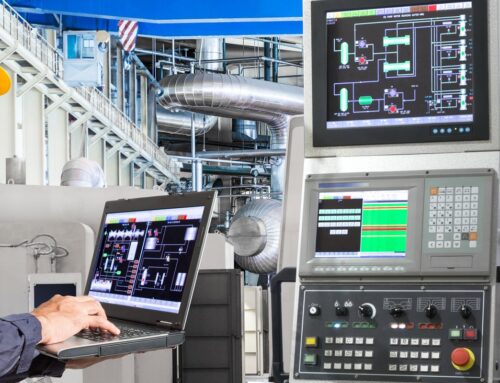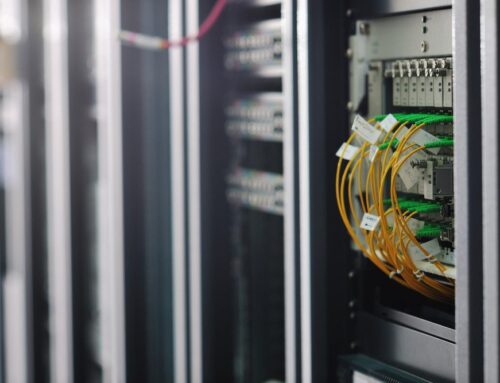With cybercrime at an all-time high during the COVID-19 crisis, many power management companies and data center operators feel it’s time to consider setting security standards for physical infrastructure. Compared to other parts of the data center, physical infrastructure is often placed on the back-burner when it comes to security. But physical infrastructure is facing greater risks now that more and more infrastructure is being interconnected with IT. By the end of 2020, IT spending on data center systems worldwide is predicted to amount to $208 billion.
Setting security standards may be able to keep bad actors from increasingly attacking this weak link in the chain of security. But if there are infrastructure security standards in place, what’s to keep cybercriminals from identifying these standards and easily navigating around them? Here we’ll dive into the pros and cons of uniform infrastructure security.
What are the benefits of uniformity?
When it comes to cybersecurity, the physical infrastructure of a data center facility is typically disregarded because the infrastructure follows a separate functional flow from the rest of the facility. However, operational technology such as power systems, data center moisture control systems, backup generators, air conditioning, and connectivity is just as vulnerable to cyberattacks as the IT systems it supports.
Setting security standards for operational technology can help to bridge the disconnect between physical and IT security. Setting standards also creates a base level of security for manufacturers so customers who buy operational technology are protected. When compliance with security protocols is voluntary, it puts the customer at risk.
What are the disadvantages of uniformity?
Uniform security features could potentially put infrastructure at risk. If one bad actor is capable of cracking the baseline security of one data center, they may be able to use the same methods to break into other data center modules. Of course, uniform security standards are only used as a baseline for infrastructure security. They wouldn’t prevent a data center from adding additional data center services for security purposes.
Unfortunately, even the uniformity of infrastructure security can’t keep all bad actors out. Cybersecurity comes at a cost and there will always be companies that will avoid making data center maintenance updates until it’s absolutely necessary. The good news is that you can keep an eye on your network-connected appliances with the help of LDP.
Maintain security with LDP’s data center services
Network-connected appliances are one of the largest targets for bad actors to access your company’s network. The best way to keep your devices secure is by keeping the device’s firmware up-o-date directly from the manufacturer. Regardless of the manufacturer of your devices, LDP can provide security reporting on all of your connected infrastructure devices using Ecostruxure Asset Advisor.
LDP’s reporting will detail which firmware needs to be updated or has been exploited. For more information on infrastructure security and how LDP’s data center services can maintain your center’s safety, contact LDP Associates today.






